
Fresno Art Museum displays Armenian Genocide art
Fresno Art Museum currently features an emotionally moving and historically important exhibition to commemorate the 100th year anniversary of the Armenian Genocide. Named “1915-2015: Tradition, Legacy, Culture“, the exhibit reflects the the very first massacre in the 20th century.
All of the exhibit art pieces, including painting, sculptures and mixed art, are created by Armenian descendant artists.
Arminee Shishmanian, a local Armenian artist who participated in this exhibit, shared her family’s experience during and after the Genocide as well as her journey in the world of art.
On April 24, 1915 the Ottoman Empire gathered hundreds of Armenian community leaders and started the elimination targeted on the Armenian population inhabited in Turkey.
Between 1915 and 1923, three fourths of the Armenian population was wiped out of the world. The luckiest of all escaped from this massacre and emigrated to United States and several European countries. Many of them eventually settled down in Fresno due to the agricultural tradition they are familiar with.
Born in a family consist of Armenian culture, Shishmanian’s father formed a band when he came to the United States, which allowed her to witness the treasure culture even when the entire country is long lost. Shishmanian inherited the spirit and transform applied it into her art.
Sculpture of couple dancer facing each other is one of the bronze sculptures Shishmanian has made. The expression of the male dancer shows his deep devotion into the music and the hanging leg seems like it is still waiting to land on the ground. The female dancer has her dress floating in the air waiting to let it freely pulled by the gravity.
Arminee Shishmanian was born and raised in St. Louis, MO, the fourth city her family settled in. She eventually moved to Los Angeles with her mother and got married in Fresno.
Although Shishmanian did not experience the genocide in person, the tragedy befell on her parents when they were teenagers.
Shishmanian’s mom was 13 years old when Mehmed Talaat Pasha (the interior minister of Ottoman Empire at the time) ordered Turkish troops to remove all Arminians from the villages. Fortunately, she went to Constantinople (today’s Istanbul) for an Adenoidectomy right before the Turks started gathering Arminian in the villages and sending them on the death march to Syria. Most of her extended family members passed away during the death march due to deprivation of food and water as well as frequent rape, robbery and massacre.
I thought about it {relating her work to genocides}, but my personality and disposition does not want to dwell on sadness, because genocide is just a brutal thing. I actually was considering making a painting relating to the genocide, particularly to the removal of the people sent onto the death march. I have planned on this but it just wouldn’t come out. Most of the works I do has sort of an upbeat and positive angle. –Arminee Shishmanian, a local Armenian artist
Her father, ironically, was serving in the Turkish army at the time; while his family, along with some others in the area, gathered in the Armenian church and burned alive. When he found out the truth, he defected from the Turkish army and joined the French Foreign legion to fight the Turks.
After World War II was over, knowing zero English words, her father moved to the United States to attend Ohio State University.
As international students, we know how hard it is to come to America with limited English skills. But the courage he had that led him here is simply unimaginable.
Unlike most of the artist, Shishmanian have not been introduced to art until when she was 60 years old.
Guided by her neighbor and good friend, painter Marcia Freeman, Shishmanian developed the skill of watercolor. Later in 1995, dedicated to improve her skills, Shishmanian decided to join the art program at California State University, Fresno where she found another interest in clay.
Despite her tragic lost of the family, Shishmanian rarely reflect sadness or anger on her art work.
“I thought about it {relating her work to genocides}, but my personality and disposition does not want to dwell on sadness, because genocide is just a brutal thing,” Shishmanian said. “I actually was considering making a painting relating to the genocide, particularly to the removal of the people sent onto the death march. I have planned on this but it just wouldn’t come out. Most of the works I do has sort of an upbeat and positive angle.”
Shishmanian rarely have any preference to her pieces since she regard her pieces as many of her children. Each of them have a special spot in her heart. However, Shishmanian does have a favorite piece.
Using bright red, green and yellow in the art work, an oil painting of her four grandchildren was her favor piece in the house. With the bright colors, the painting delivers viewers warmth and happiness. The fact that children wearing jeans and long clothing suggest the cold temperature, but the bright sunshine came from the top right corner and the distinction of the shadow under the woods gives a warm feeling the viewers. Four children looking at the same direction over the edge brings the curiosity of the viewers along with them. Seems like something interesting is far in the background. A still picture brings the viewers back into their naive childhood.
Armenian Genocide is just a tip of an iceberg that represents the cruelty in human history. The suffer of Shishmanian’s Family and many others can not be changed. For people living in 21st Century, it is hard to imagine that these tragedies happened only a hundred years ago.
However, in the news we still see people committing terrible things to each other due to cultural and religious differences. Although we cannot change the past, our generation can definitely help to ensure that some certain parts of our history will not happen again.
Follow The Feather via Twitter @thefeather, Instagram @thefeatheronline and Facebook @thefeatheronline. This writer can be reached via Twitter: @MojunPan and @MichaelFu.
For more opinions, read the Feb. 27 column, Thankful for Scholastic Journalism Week 2015.

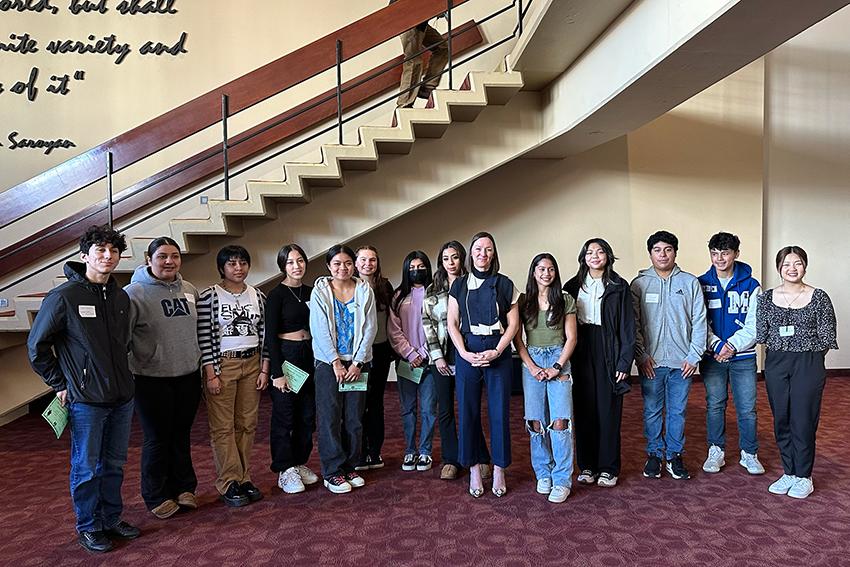
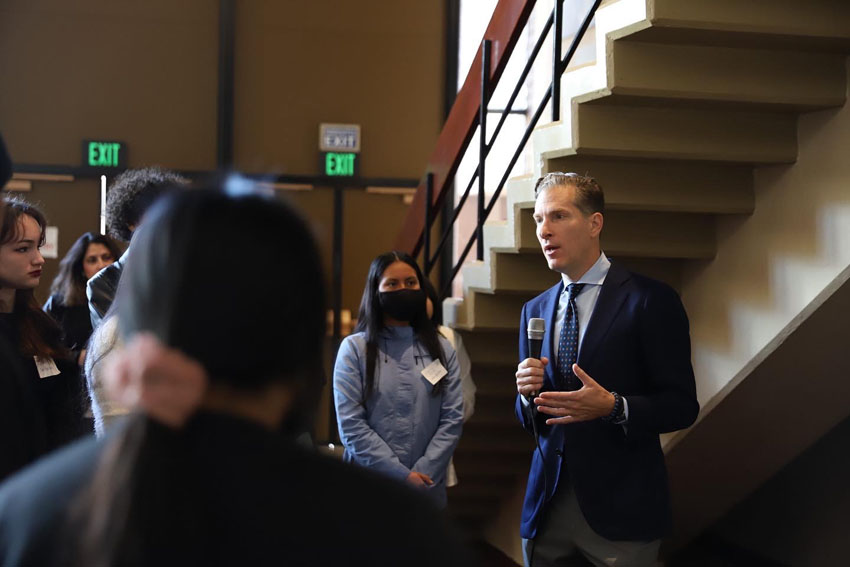
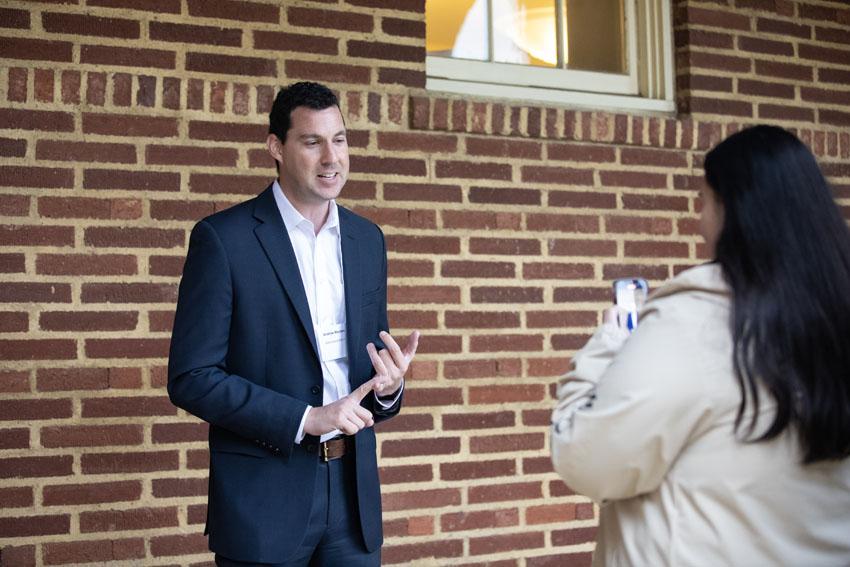
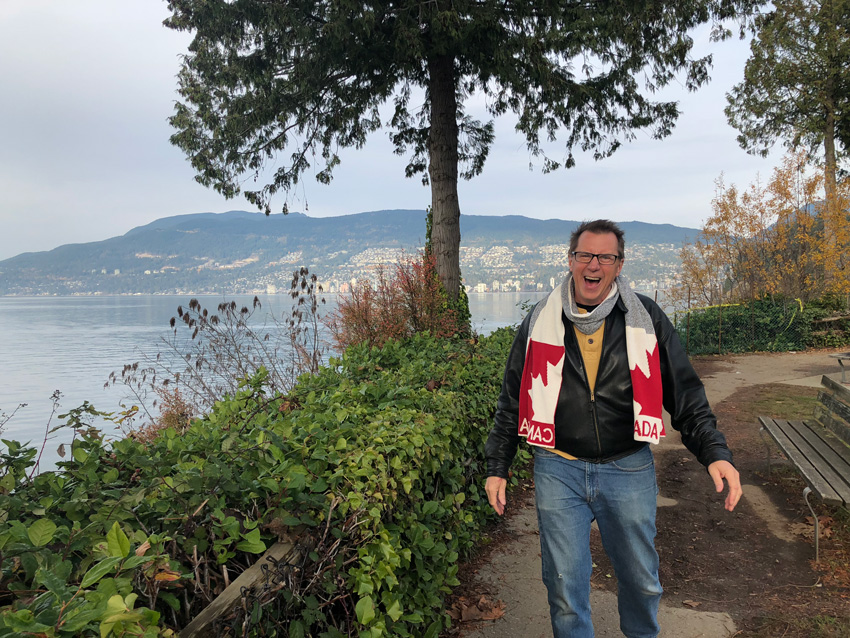
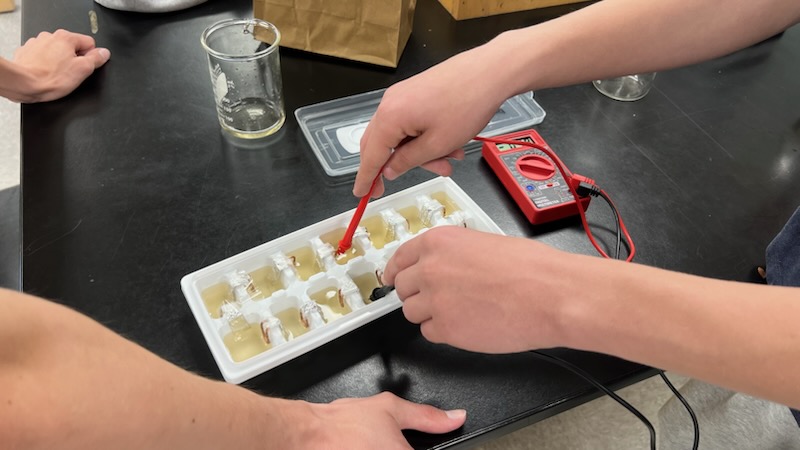
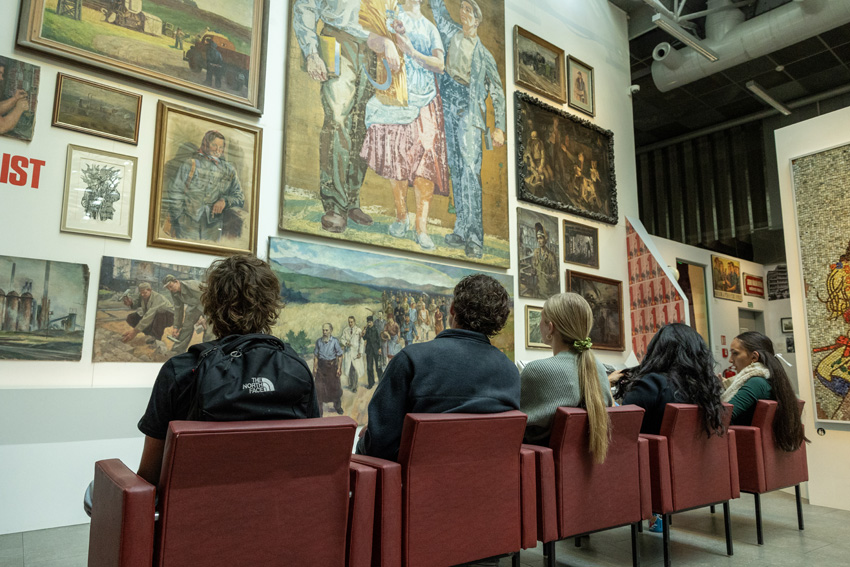
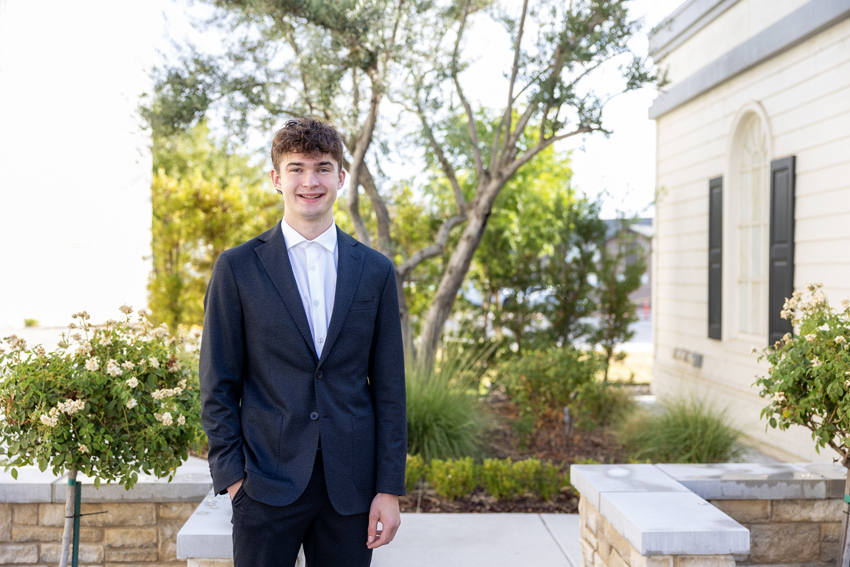
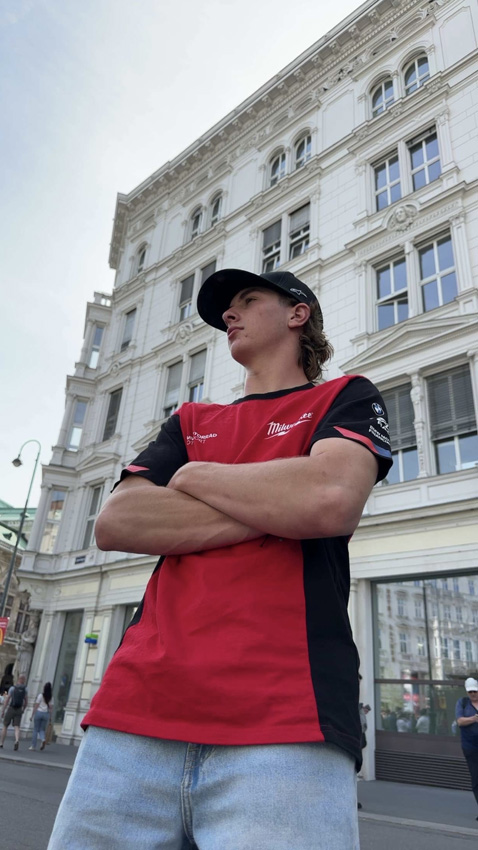

triton seibert • Aug 30, 2014 at 2:36 am
This was a really fun field trip. The food was very good. Nathaniel’s comment really opened my eyes to the Spanish community.
Sam Beyelia • Aug 30, 2014 at 2:36 am
I will join Spanish next year for sure! I love Mexican food and I would love to learn more about it.
Nathanaiel Adams • Aug 30, 2014 at 2:36 am
This picture really opened my eyes to the spanish community. This majestic picture of Triton writing really shows how much he cares about school. This picture makes me want to learn more about the Spanish culture.